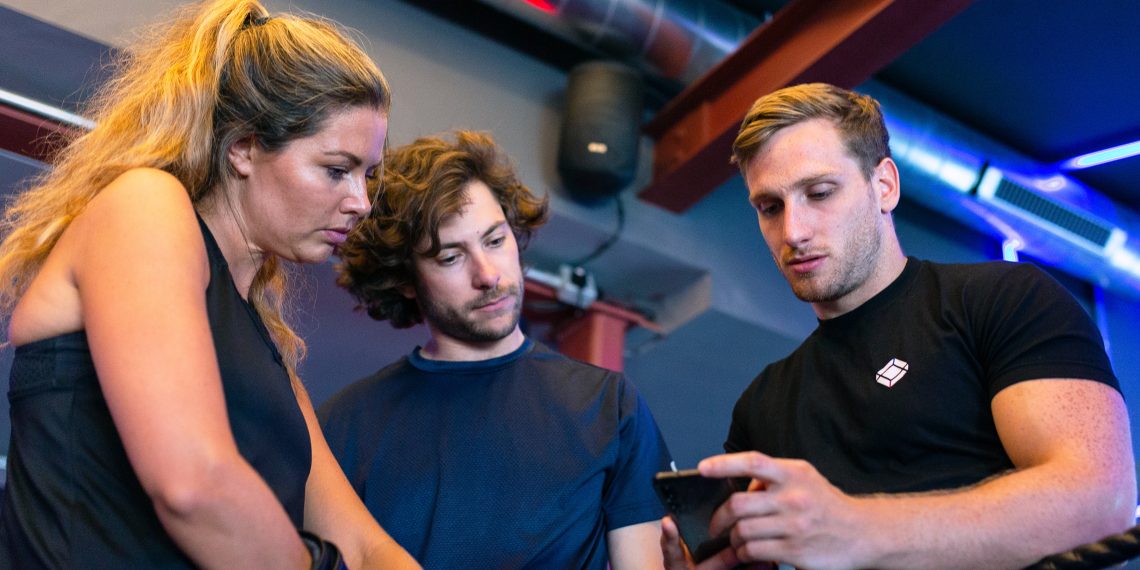In the world of fitness, the bond between a client and their trainer is pivotal. It’s more than just sets and reps – it’s a partnership fueled by motivation, trust, and shared aspirations. With the rise of fitness software, this relationship is evolving to new heights. Beyond its technical capabilities, fitness software is serving as a bridge, strengthening the connection between clients and trainers in unprecedented ways. This blog delves into the transformative impact of fitness software on client-trainer relationships, exploring how this technology is fostering deeper connections, elevating accountability, and revolutionizing the personal fitness journey.
The Essence of the Client-Trainer Relationship: Beyond the Workout
The client-trainer relationship is at the heart of successful fitness journeys. Trainers not only guide clients through exercises but also serve as coaches, mentors, and supporters. The trust and rapport built between them create an environment where clients are empowered to pursue their goals with dedication and confidence.
The Role of Fitness Software: Beyond Data and Metrics
Personal trainer software transcends its technical function, becoming a conduit for meaningful interaction. Beyond its capabilities to track progress, design workouts, and analyze data, it’s becoming a communication hub that fosters engagement, personalization, and motivation.
Enhancing the Connection: A Collaborative Journey
Personalized Programming: Fitness software allows trainers to create customized workout plans tailored to each client’s goals, preferences, and fitness levels. This personalization demonstrates a trainer’s commitment to their client’s success.
Real-Time Communication: Through messaging features, trainers and clients can communicate instantly, providing feedback, answering questions, and offering motivation. This real-time connection strengthens the partnership.
Goal Setting: Fitness software enables both trainers and clients to set clear, achievable goals. These goals act as shared targets, aligning efforts and fostering a sense of unity in the journey.
Progress Tracking: As clients record their progress, trainers gain insights into their performance. This data allows for informed adjustments and facilitates discussions centered around achievements and areas for growth.
Nutritional Guidance: Some fitness software platforms offer nutritional tracking and recommendations, allowing trainers to provide comprehensive support beyond workouts.
Elevating Accountability: A Shared Commitment
Transparent Progress: Fitness software offers clients a visual representation of their progress, motivating them to stay on track and celebrate milestones.
Accountability Checkpoints: Regular check-ins and progress updates within the software remind clients of their commitment and ensure that they remain engaged with their fitness goals.
Feedback Loop: Trainers can review clients’ performance data, offering insights and guidance to optimize progress. This iterative process strengthens the trainer’s role as a guide and motivator.
Shared Responsibility: As clients input data and track their efforts, they take an active role in their fitness journey, fostering a sense of accountability and ownership.
A Two-Way Street: Trainers Benefit Too
Deeper Insights: Fitness software provides trainers with a holistic view of clients’ progress, enabling them to make informed decisions and tailor strategies for success.
Streamlined Communication: Messaging features within fitness software streamline communication, enabling trainers to provide timely feedback, support, and guidance.
Data-Driven Adjustments: Trainers can analyze clients’ data to identify patterns, plateaus, and areas for improvement. This information guides adjustments that keep clients on the path to success.
Overcoming Challenges and Embracing the Future
Embracing Technology: Clients and trainers who are less familiar with technology might face a learning curve when adopting fitness software. Guided onboarding can help smooth this transition.
Maintaining Authenticity: While technology enhances the connection, it’s crucial to preserve the human aspect of the relationship. Regular check-ins and genuine conversations are vital.
Conclusion: A Bond Strengthened by Technology
Fitness software is not just about data; it’s about human connection. It’s transforming client-trainer relationships from a one-dimensional partnership to a dynamic, collaborative journey. As trainers leverage fitness software to design personalized programs, communicate effectively, and track progress, they’re deepening their impact. Clients, in turn, feel more engaged, motivated, and accountable. This transformative technology elevates fitness from a mere physical pursuit to a holistic experience fueled by mutual dedication. The future of the client-trainer relationship is one where distance is transcended, accountability is embraced, and progress is guided by a shared commitment to success. Through fitness software, the bond between client and trainer evolves into a powerful force that propels both parties toward their fitness aspirations – a partnership fortified by technology and grounded in unwavering support.







